Microplastics are plastic fragments that have been broken down by the environment. They can be found in all kinds of water sources and are a major source of pollution. Are microplastics in fish harmful to humans is a common question in the modern world?
A recent study found that microplastics are present in fish that are consumed by humans. Researchers believe that plastics can release toxins as they break down, which could potentially be dangerous to humans. A study found that over 80% of the fish they tested had some level of microplastics in them.
It is becoming more and more evident that microplastics are present in many forms of seafood that we consume. While the extent of the harm caused by these plastics is still unknown, there is a concern that they may be harmful to our health.
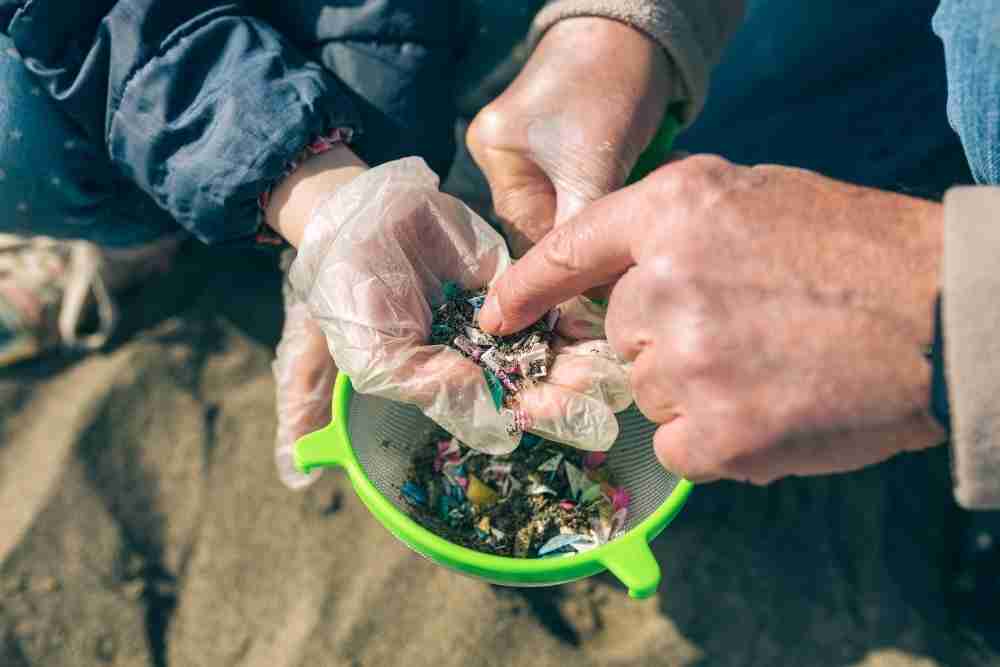
What is Microplastics
Microplastic is a type of plastic pollution that is less than 5 millimeters in size. It can come from a variety of sources, including tiny pieces of plastic that are created when larger pieces of plastic break down over time. Microplastic can also come from products like facial scrubs and toothpaste, which contain small plastic beads that are designed to exfoliate skin or clean teeth.
Microplastics are smaller pieces of plastic that get washed into oceans and rivers. They are no bigger than a grain of sand and are found all around us.
Sources of Microplastics in Water
Microplastics are small pieces of plastic or glass that break off from larger pieces and find their way into the water. But what are the sources of microplastics in water?
Microplastics are tiny pieces of plastic that are less than five millimeters long. They can come from a variety of sources, including cosmetics, clothing, and tires. Microplastics can also be created when larger pieces of plastic break down. They often end up in water bodies, where they can harm marine life.
In a study of tap water from New York City and surrounding areas, 83% of samples contained plastic fibers. These tiny pieces of plastic are called microplastics, and they come from a variety of sources. The most common source is the breakdown of larger pieces of plastic waste.
However, synthetic clothing can also release microplastics into the environment, and microbeads used in cosmetics and personal care products can also be a major contributor. Once in the environment, these tiny pieces of plastic can be ingested by animals and humans, leading to potential health risks.
Microplastics in Fish
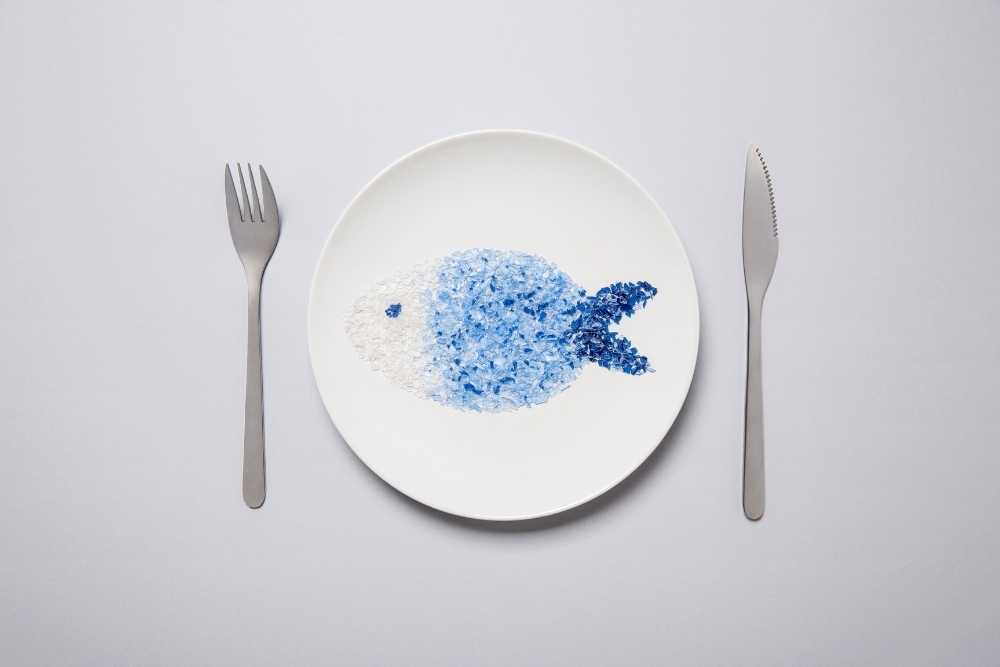
A recent study published in the journal Science has found that fish are ingesting microplastics at an alarming rate. The study, conducted by researchers from the University of California Santa Barbara, found that a majority of fish caught in the Pacific Ocean off the coast of California had ingested plastic particles.
The finding underscores the need for greater awareness and regulation of plastic pollution. In California alone, an estimated 8 million pieces of plastic debris enter the ocean every day.
Fish are often exposed to microplastics because they can be found in the water and in the food that fish eat. A recent study found that fish in the Great Lakes contain high levels of microplastics, and a separate study found that nearly one-third of fish sold in markets in California contained microplastics.
A recent study published in the journal Science has shown that microplastics are present in fish sold in markets around the world. The study, which was conducted by researchers from McGill University and the University of California, Santa Barbara, analyzed fish samples from markets in Europe, North America, and Asia. The researchers found that 83% of the fish sampled contained microplastics.
The health impacts of consuming microplastics are still unknown, but the potential dangers are concerning. Microplastics can absorb toxins from the water and release them into the body when eaten. They can also cause intestinal blockages.
It is unclear how these tiny particles ended up in so many fish, but one possibility is that they come from clothing and other items that are made with synthetic materials.
Microplastics in Fisheries and Aquaculture
Microplastics are small plastic pieces that are less than five millimeters in size. They can come from a variety of sources, including the breakdown of larger plastics items and synthetic fibers from clothing. Microplastics have been found in a wide range of environments, including oceans, lakes, and rivers.
Microplastics (also known as microbeads) are tiny pieces of plastic that get into our bodies when we shower, wash dishes, or clean our teeth. They are also found on surfaces such as beach sand, in our water, and even in the air. Microplastics are one of the main sources of chemical pollution in our oceans.
In the early 2000s, scientists discovered that microplastics (microscopic pieces of plastic) were beginning to appear in the marine food chain. This is a huge concern because microplastics are a major source of pollution in our oceans, affecting humans and animals’ health.
Aquaculture is the farming of aquatic organisms, such as fish, shellfish, and seaweed. It is a growing industry that provides food and jobs for millions of people around the world. Aquaculture can also play a role in mitigating the impacts of plastic pollution.
Microplastics pose a threat to aquaculture because they can be ingested by fish and other aquatic organisms. This can lead to health problems for the animals and reduce their reproductive success. Microplastics may also contain pollutants that can accumulate in the tissues of aquatic creatures.
Microplastics in Seaweed in Sea
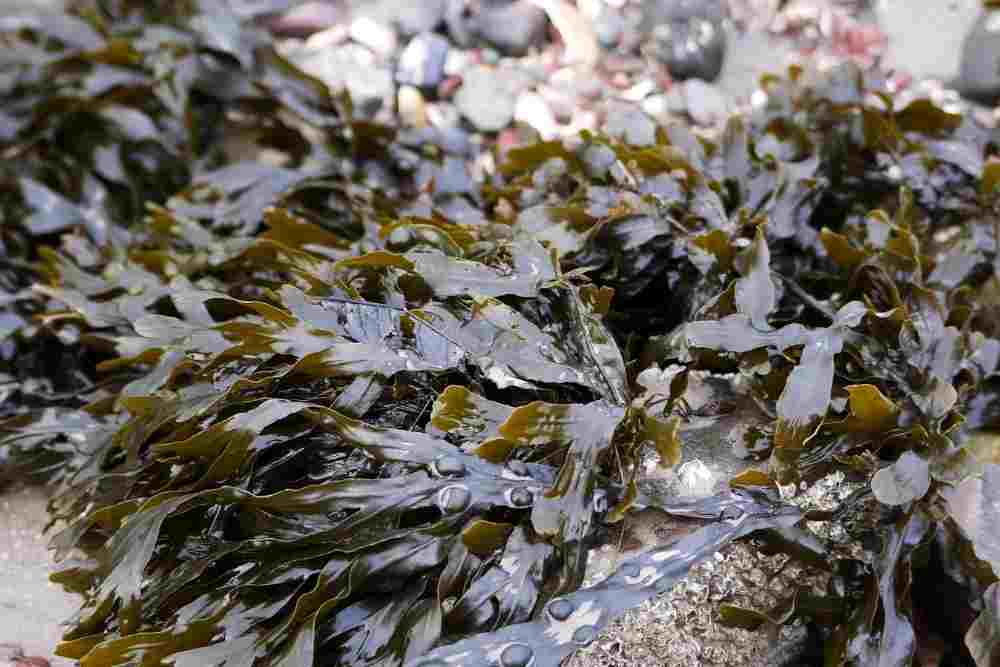
Microplastics are small pieces of plastic found in the ocean. These pieces can come from things like bottles and bags, but they can also be created when larger pieces of plastic break down. Microplastics can be harmful to marine life and the environment.
One recent study found that microplastics are present in seaweed. The study looked at nine different types of seaweed from around the world and found that all of them had some level of microplastic contamination.
The researchers say that the levels of contamination were relatively low, but they still warn that we need to be aware of the potential risks associated with eating seaweed contaminated with microplastics. They suggest that further research is needed to determine the extent of the problem and how it might affect human health.
Microplastics in seaweed have been a source of concern for people since the early ’90s. The speed and extent of the problem have only become more alarming with the growth in plastic consumption.
Microplastics in Sea Animals
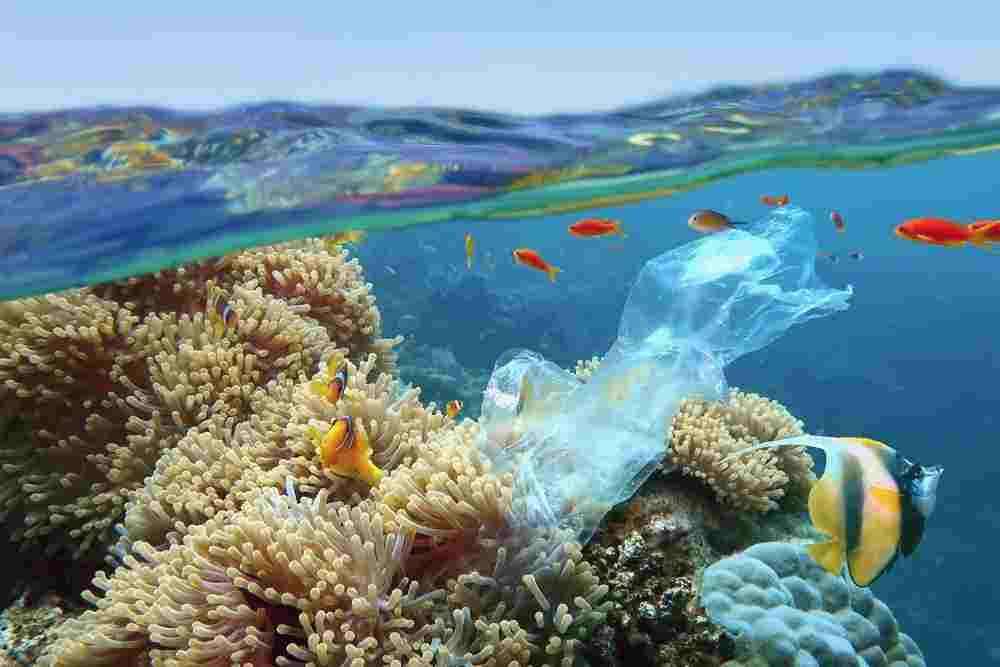
Microplastics are present in the sea, which is estimated to be 50 times larger than what humans produce. As per a report by the Intergovernmental Panel on Climate Change (IPCC), microplastics are found in all aquatic systems from seawater and groundwater through to coastal sediments.
In a study of mussels from the North Sea and the English Channel, over 90% of the mussels contained plastic particles. The microplastics found in the mussels were on average 5.5mm in size, but some of the particles were as small as 0.33mm.
The environmental effects of microplastics are not yet fully understood, but it is known that they can absorb toxins from the environment and then release them into the food chain. This could potentially lead to health problems for marine animals and humans who eat them.
Microplastics are present in the sea, which is estimated to be 50 times larger than what humans produce.
As per a report by the Intergovernmental Panel on Climate Change (IPCC), microplastics are found in everything, from water bottles to cosmetics and even food. Water is the second biggest source of microplastics after electronics, which is why they can be found all over bodies of water that
Microplastics in Sea Water
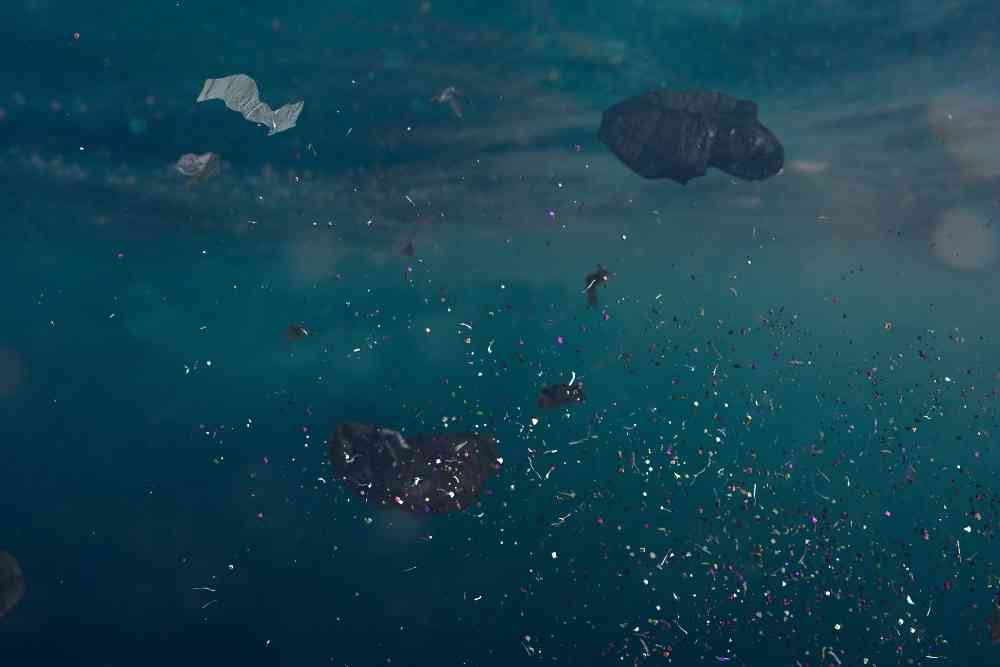
In recent years, the world has become aware of the impact microplastics have on marine life. Numerous studies have shown that microplastics can be found in every ocean, and in most marine ecosystems.
This includes all five oceans, seven seas, and more than 130 seas worldwide. These plastics are also a major concern for human health. Microplastics are known to contain various harmful compounds and pollutants.
Studies have shown that they can harm marine life and enter the food chain. In order to reduce the amount of microplastics in the ocean, we need to reduce the use of products that contain them and recycle plastic materials.
Seawater is a major source of microplastics. The scientific community is only now beginning to understand the harm this material may do to human health. In the absence of an effective public education program and mandatory legislation, there is an opportunity for us to change our attitudes towards and re-evaluate our consumption habits.
Microplastic Pollution in Deep-Sea Sediments
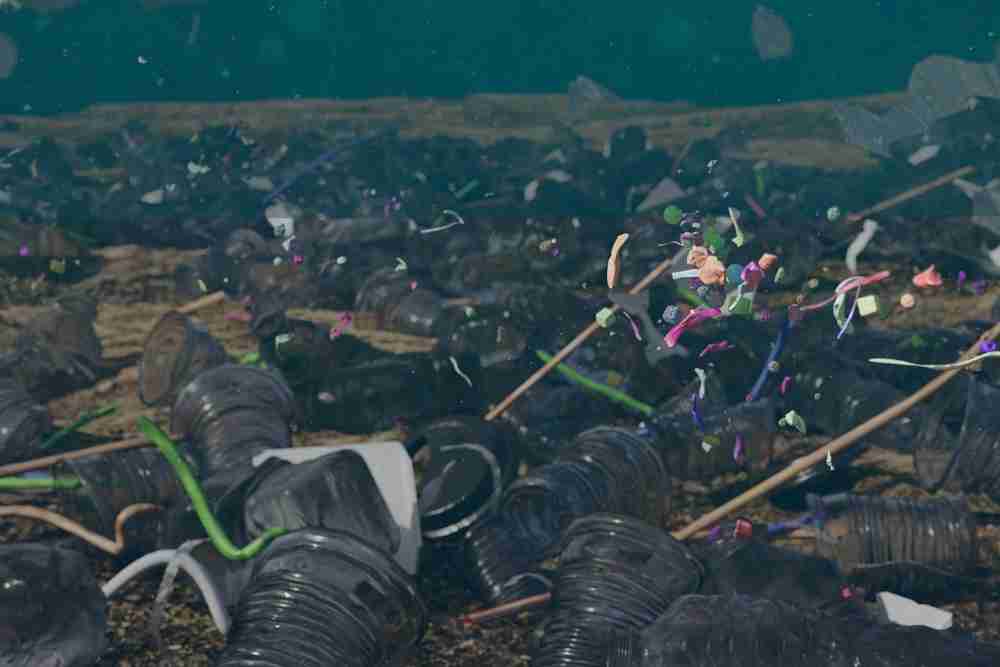
Microplastic pollution has been found in deep-sea sediments, according to a study published in the journal Marine Pollution Bulletin. The study’s authors say that the findings suggest that microplastics are more ubiquitous than previously thought.
The new study looked at sediment samples from six different deep-sea locations, all more than 2,000 meters below the surface. The researchers found that microplastics were present in all of the samples, with concentrations ranging from 0.1 to 1.8 particles per gram of sediment.
Microplastic pollution is a serious issue in the deep sea. Non-biodegradable plastic that is ingested by marine life and then released into the ocean has the potential to alter our environment.
Microplastic pollution is a growing global problem. Many animals, creatures, and even marine life have been affected by this pollution.
Our oceans are polluted by microplastics. The plastic that enters the water is not biodegradable and it also may be ingested by fish, birds, or other marine creatures.
How Microplastics Affects Fish Body Physiology
Microplastics are found in oceans, rivers, and lakes around the world, and they’re a growing concern because they can easily be ingested by marine life.
A new study published in the journal Science Advances has found that microplastics can also affect fish body physiology. The researchers exposed zebrafish to different levels of microplastic pollution and then monitored their health and development.
They found that fish exposed to high levels of microplastics had trouble swimming and digesting food. They also had problems reproducing, and their offspring were smaller and less healthy than those of fish not exposed to microplastics.
One group of animals that may be particularly affected by microplastics are fish. A study published in Environmental Science and Technology found that microplastics can accumulate in the fish body, where they can affect their physiology.
The study found that fish that had been exposed to microplastics were more likely to suffer from liver damage and had lower levels of energy storage molecules called glycogen.
Microplastics in Fish and Humans Health Effects
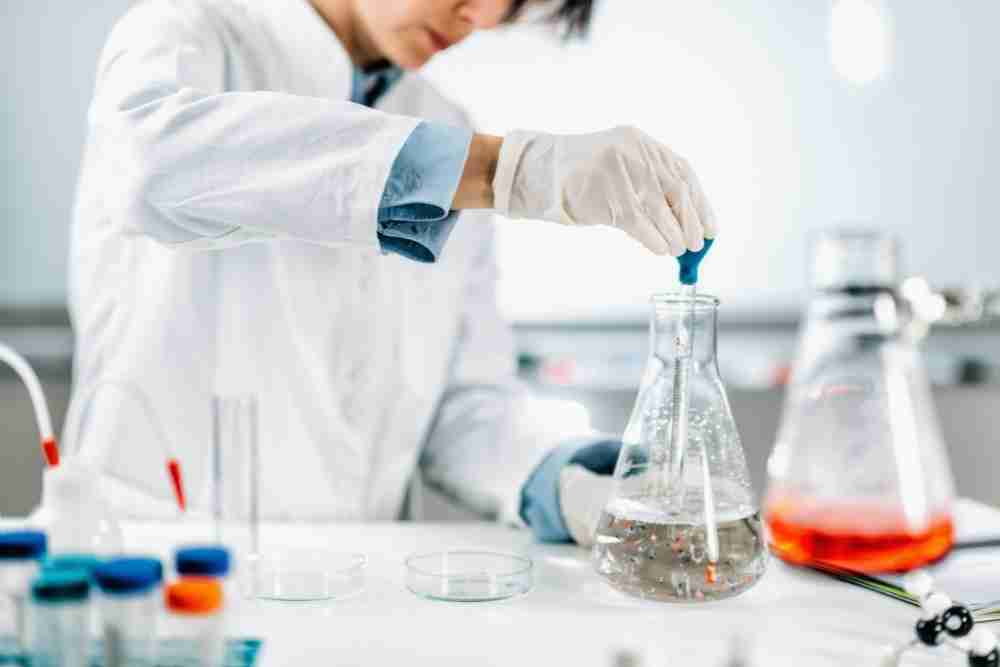
Microplastics are a type of plastic waste, which are the smallest pieces of plastic that are between 5-50 micrometers in size. They can enter the body through any number of sources.
For example, they can be ingested by fish or seafood and eventually end up in humans’ bodies. These tiny particles can cause various health problems such as cancer, liver damage, and even death.
While microplastics are present in many of the food products we eat, they have also been found in fish and seafood. The plastics that we consume can be found in our water, our bodies, and even on the surface of our skin.
Microplastic ingestion is a huge environmental issue. The study of microfibers in the tilapia’s body was just published and it has scientists worried about how these little pieces could affect humans who eat them or get their organs harmed by plastics particles getting caught during digestion, extracts from this article:
“The impacts we might see include malnutrition because there aren’t enough nutrients for both fish and bacteria at once.” According to the World Health Organization, plastics and other synthetic materials present in food can be ingested by humans.
FAQs
How many fish die from microplastics?
Marine animals often mistake microplastics for food, and the plastics can cause health problems like blockages in their digestive system and starvation. A study by Plymouth University found that more than a third of fish caught in the English Channel had microplastics in their stomachs. The study also found that one-in-four fish caught near the surface had ingested microplastics, meaning they could potentially be transferred to humans who eat them.
Every day, we produce about 8 million metric tons of plastic. It’s everywhere: in the ocean, on our beaches, and even in our food. And a new study estimates that as many as one million fish die each year from ingesting microplastics – tiny pieces of plastic less than 5 millimeters long.
The research, published in the journal Science Advances, is one of the first to try and quantify how many fish are killed by eating plastic. The study’s authors used a computer model to estimate that between 0.1 and 12 percent of global fish mortality is caused by microplastics.
That may not seem like much, but the researchers say it could have serious consequences for marine ecosystems. Fish that eat microplastics can experience digestive problems, reduced growth rates, and reproductive problems.
How to measure microplastics in fish?
One way to measure the amount of microplastics in fish is to use a scanning electron microscope. This type of microscope can magnify objects up to 500,000 times their size. By using a scanning electron microscope, it is possible to see and count the number of microplastics in a sample of fish tissue.
Another way to measure microplastics is with a Fourier transform infrared spectrometer. This type of spectrometer measures how light is absorbed and scattered by objects.
What is bioaccumulation of microplastics in fish?
One potential consequence of this accumulation is the bioaccumulation of microplastics in fish. When consumed by humans, these fish can transfer the plastics to our bodies. A growing body of evidence suggests that ingesting microplastics can have harmful effects on both human health and the environment.
Final Words
In conclusion, more research is needed to determine the health effects of consuming fish with microplastics in their tissues. However, as the amount of plastic in our environment continues to grow, it is important to be aware of the potential risks associated with eating seafood. You can take steps to reduce your exposure to microplastics by buying sustainable seafood and avoiding processed foods that may contain plastics additives.